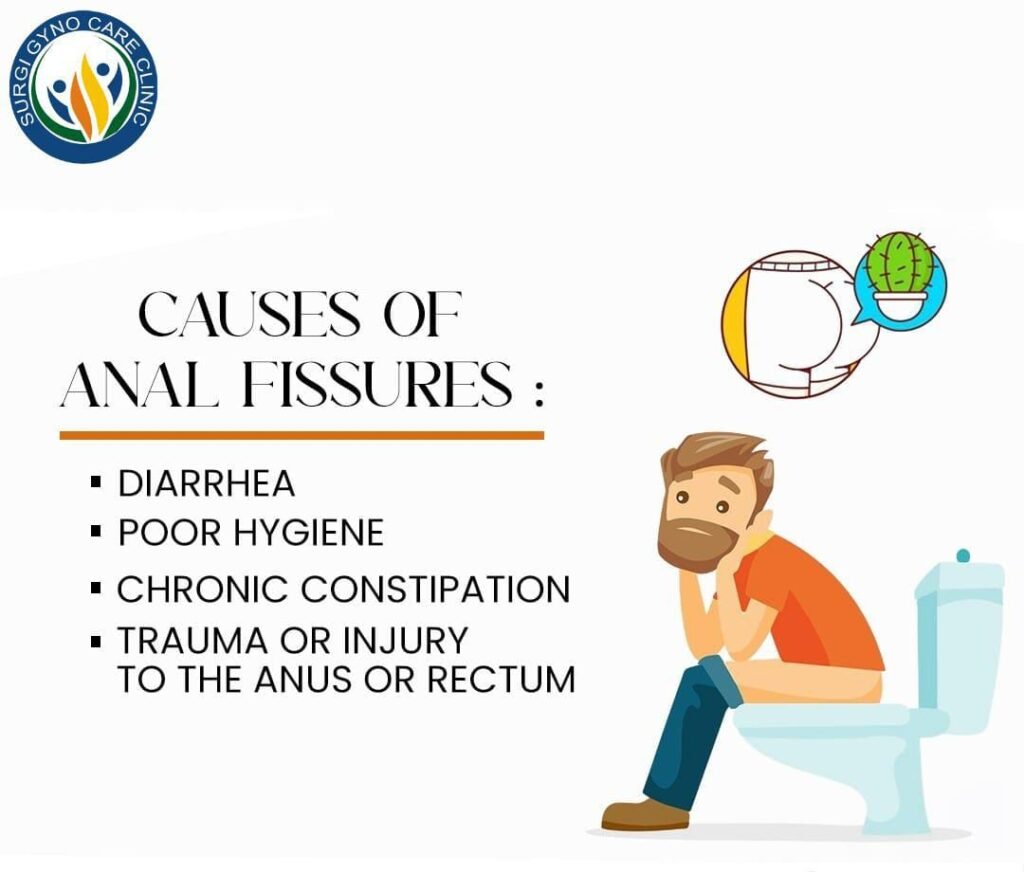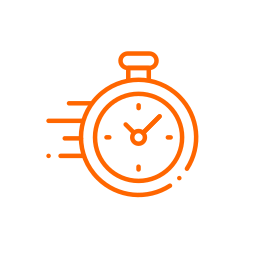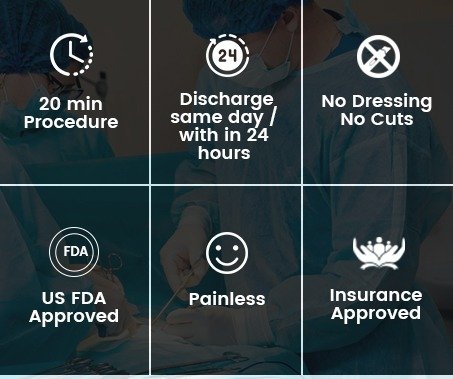Usually an anaal fissure, during bowel motions, straining of the anal canal, or trauma to the inner lining of the anus. This could be due to firm, dry bowel movements or loose, frequent bowel movements. Anal fissures are more likely to occur in people with tense anal sphincter muscles. Less often occurring causes of fissures include inflammatory bowel illness, trauma, anal infections, and malignancies.
What is the sensation of an anal fissure?
Anal fissure pain affects most people, yet not everyone experiences it. Although it can linger for minutes to several hours, they experience it most when they poop. It is described as searing, tearing, cutting, or sharp. Some people discover that their lower back, upper thighs, or buttocks are all affected.
symptoms of anal fissure
Anal fissures are typically accompanied by a strong pain during stool movement. This agony could continue for a few minutes or several hours. Therefore, many people may try to postpone having bowel movements in an effort to escape the pain.
Other indications and symptoms include:
- Brilliant red blood is on the toilet paper or stool following a bowel movement.
- a small skin tag or lump on the skin adjacent to the anal fissure—these are more typical in chronic instances and after more than six weeks.
NONSURGICAL TREATMENT
Your doctor will discuss the benefits and drawbacks of different treatments.
Included in the treatment are:
- a high-fiber diet plus 25–35 grams of fiber from over-the-counter supplements each day to aid in the formation, softening, and bulking up of stools.
- For easy bowel movements, over-the-counter stool softeners are available.
- Drinking more water to aid in the healing process and prevent hard stools.
- Warm tub baths, also known as sitz baths, help relax the anal sphincter muscles and soothe the area. They should be taken multiple times a day for 10 to 20 minutes, ideally just after bowel movements.
- Drugs, like lidocaine, that can be used to ease pain on the skin around the anus.
- Drugs like nitroglycerin ointment, diltiazem, or nifedipine that relax the anal sphincter muscles to help in recovery.







